Play my new game! Rank these eight rivers in order of moderation. Go ahead; I will wait.
So, looking back at your ranking decisions, what were your criteria?
Most people instinctively do not choose #1 as the most moderate: so steep and fast and wildly beautiful.
Number 7 is usually eliminated for sheer rawness, as is #4.
Here are other common responses:
Number 8 looks too complicated to be considered moderate.
Number 6 looks rather… something. Way down there? But on the other hand it looks kind of under control, so maybe it’s moderate.
Number 2 — very exciting and fun! But that’s not what we associate with moderate.
Maybe #3 is the moderation star — seems so classic, after all.
Or #5 — meandering along like a river “should.”
Before I reveal the hydrological answer, let me throw in an extra credit question: which river do you think is the most stable?
And just for interest, though there is no such thing as an ugly river, what is your favorite in terms of beauty — right this moment?
ANSWERS:
Fluvial geomorphologists look at rivers in terms of four basic characteristics:
- entrenchment (when flood waters come, an entrenched river stays in its channel and gets deeper — as opposed to spreading way out),
- width-to-depth ratio (relatively “wide and shallow” vs “narrow and deep”),
- sinuosity (how curvy is the channel?), and
- slope.
Only one of the above eight river types is moderate in all those areas: #2.
Surprised?
Moderation is not the same as slow (#5) nor does it go with a classic workhorse beauty (#3). It’s not isolated and independent like #6.
The most moderate river type is the one we call “rapids.” It’s the one river runners flock to. It’s fun — not boring even in low flow and not full out terrifying even in high flow. It interacts with its surroundings — getting somewhat wider in a flood and definitely benefiting from nice stream side vegetation — but doesn’t dominate the neighbors (by overflowing at the slightest increase in its energy) or completely depend on them (a little over-grazing or watershed paving won’t reduce its banks to raw smithereens).
As for the most stable* river type? Yes: also the rapids. Moderation may not be…
At least it may not be what we thought it was.
It’s nothing to be ashamed of — or inordinately obsessed with in any way. But for sure it’s not dull. It’s vital and engaging.
No, it’s not the only way to be well. What I love about rivers is that any type can be stable (well, except one.. and it can be healed), and they’re all gorgeous — even the immoderates. Even the moderates.
I invite you to take the “What Stream Type Are You?” quiz to investigate your own nature (“for now”… because, thankfully, rivers/we are always changing) and consider tips for maintaining your own particular beauty. Meanwhile, my wish for you (from John O’Donohue’s poem Fluent) is that you may continue to:
“live like a river flows, carried by the surprise of [your] own unfolding.”
* I define stable as resilient when insulted. (For a river, an insult can be: big change in flow/energy, either up or down; big change in the river’s sediment/load, either more or less; alteration in width or depth or slope/speed, like someone digs a hole in the river or fills it or tramples down the bank or narrows up the edges; or interference with the flood plain, reducing the amount of area a river can use for overflow. Um, does it amaze you how EACH ONE OF THESE IS A METAPHOR FOR OUR HUMAN LIVES?! I know. Me too.)

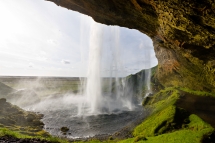
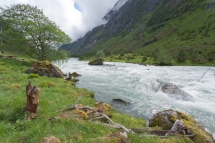
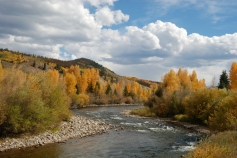
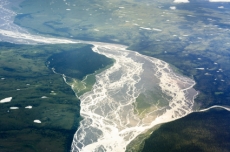
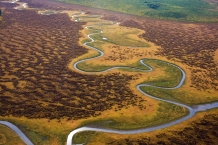

 8
8